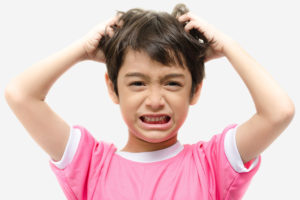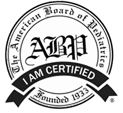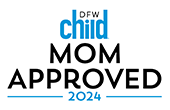 Now that school is in full swing we are seeing outbreaks of those pesky little creatures called Lice! Lice are not dangerous and they don’t spread disease, but they can make a scalp very itchy.
Now that school is in full swing we are seeing outbreaks of those pesky little creatures called Lice! Lice are not dangerous and they don’t spread disease, but they can make a scalp very itchy.
*LICE- The adult louse is no bigger than a sesame seed and is grayish-white or tan. Nymphs are smaller and become adult lice about 1 to 2 weeks after they hatch. If head lice is not treated, this process repeats itself about every 3 weeks. Most lice feed on blood several times a day, and they can survive up to 2 days off the scalp.
*NITS- These look like tiny yellow, tan, or brown dots before they hatch. Lice lay nits on hair shafts close to the scalp, where the temperature is perfect for keeping warm until they hatch. Nits look sort of like dandruff, only they can’t be removed by brushing or shaking them off.
Unless the infestation is heavy, it’s more common to see nits in a child’s hair than it is to see live lice crawling on the scalp. Lice eggs hatch within 1 to 2 weeks after they’re laid. After hatching, the remaining shell looks white or clear and stays firmly attached to the hair shaft. This is when it’s easiest to spot them, as the hair is growing longer and the egg shell is moving away from the scalp. Lice do not move by jumping or hopping, they move by crawling! So direct contact is the easiest way to spread them. They can also be spread by sharing, combs, brushes and hats. Lice are an equal opportunity creature – anyone can be affected! Don’t worry – it has nothing to do with personal hygiene or cleanliness!
TREATMENT:
There are several over the counter treatments for lice. One that we have found that works very well is Cetaphil. This is an inexpensive but very effective treatment. Please call our office if you need directions on how to do it! Make sure you comb out all the nits and check hair daily. Repeat treatment in 7 days. If continue to have problems. Please let us know.
PREVENTING REINFESTATION:
Here are some simple ways to get rid of the lice and their eggs, and help prevent a lice reinfestation:
- Wash all bed linens and clothing that’s been recently worn by anyone in your home who’s infested in very hot water (130°F [54.4°C]), then put them in the hot cycle of the dryer for at least 20 minutes. Dry clean anything that can’t be washed (like stuffed animals). Or put them in airtight bags for at least 3 days.
- Vacuum carpets and any upholstered furniture (in your home or car), then throw away the vacuum cleaner bag.
- Soak hair-care items like combs, barrettes, hair ties or bands, headbands, and brushes in rubbing alcohol or medicated shampoo for 1 hour. You also can wash them in hot water or just throw them away.
Because lice are easily passed from person to person in the same house, bedmates and infested family members also will need treatment to prevent the lice from coming back. Teach kids not to share combs and brushes or hats with anyone. Routinely check kids hair, focusing behind the ears and on the neck hairline – this is where they are most commonly found. If in doubt – call our office – we will be glad to help you!
Missy Nicholson, CPNP



